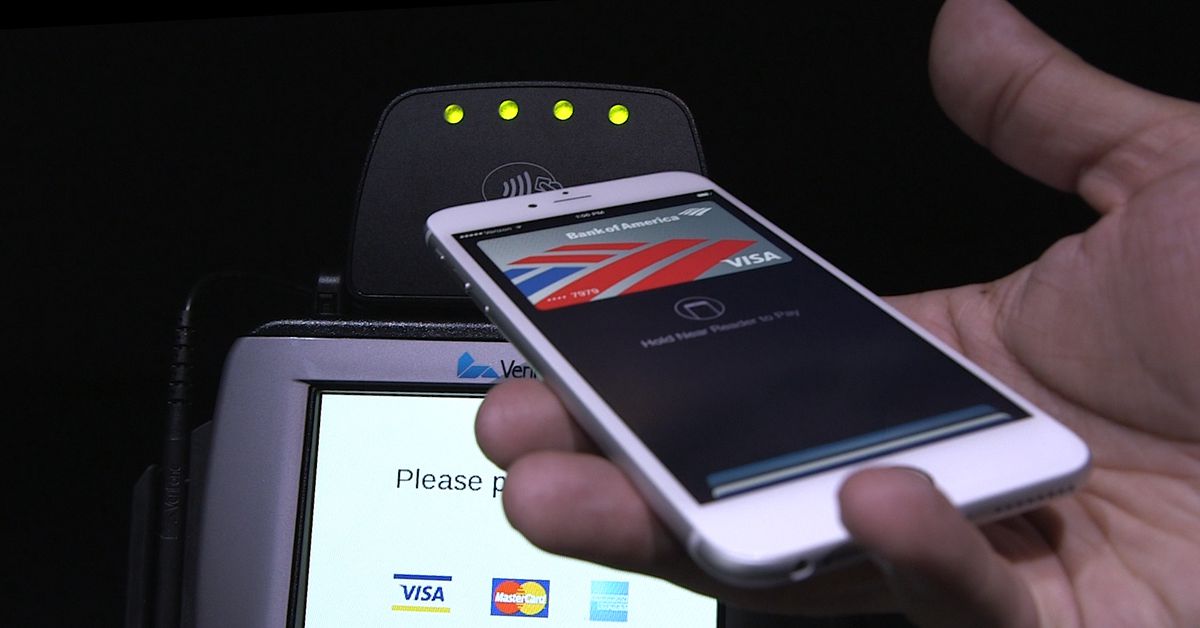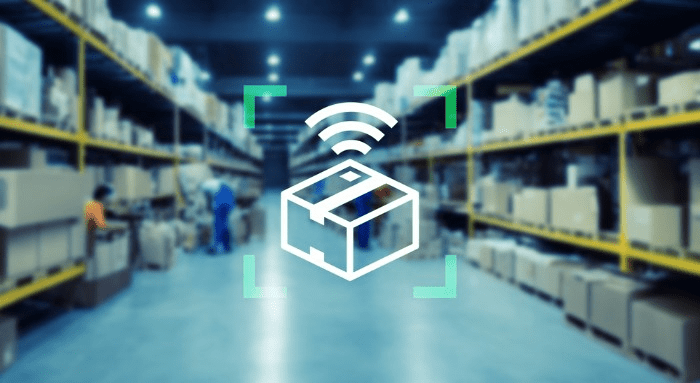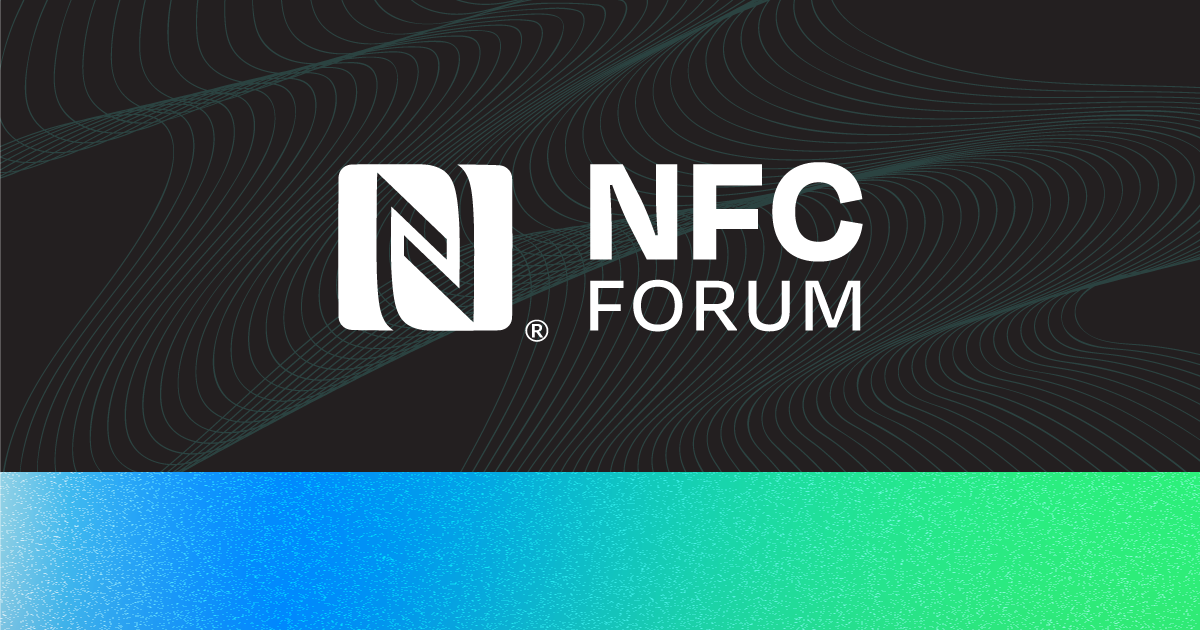NFC Evolving for Better Range: The Future of Short-Range Wireless Communication
Wireless communication technology has revolutionized the way people interact with each other and their surroundings. From Wi-Fi to Bluetooth, these technologies have transformed the way we live and have opened up new possibilities for innovation. One such technology that has been quietly evolving is near field communication (NFC). While NFC technology was initially developed for use in contactless payments, it is now finding new applications in a wide variety of industries that require short-range wireless communication.
What is NFC?

NFC is a type of short-range wireless communication technology that allows two devices to communicate with each other when they are brought into close proximity. It uses radio waves to establish a connection between devices, allowing them to exchange data without the need for physical contact or even pairing.
How is NFC used today?

Initially, NFC was developed for contactless payments and banking. But as the technology has evolved, it has found new applications in a wide variety of industries, including:
- Public transportation systems
- Access control systems
- Inventory management systems
- Smart homes and buildings
- Healthcare systems
How is NFC evolving for better range?

The main limitation of NFC is its short range. NFC devices must be within a few centimeters of each other for communication to take place. However, researchers are working on ways to extend the range of NFC while still maintaining its security and simplicity.
Expanding the range through antenna design
One way that researchers are looking to extend the range of NFC is through the design of antennas. By using new materials and geometries, researchers have been able to create antennas that can transmit and receive NFC signals over longer distances.
Using NFC in conjunction with other wireless technologies
Another way to extend the range of NFC is to use it in conjunction with other wireless technologies. By using NFC to establish a connection between devices, other wireless technologies like Wi-Fi or Bluetooth can be used to transfer data over longer distances.
Incorporating NFC into the Internet of Things (IoT)
NFC is poised to play a key role in the growth of the Internet of Things (IoT). By using NFC to connect devices within an IoT network, data can be transmitted securely and efficiently over short distances.
What are the implications of NFC’s evolving range?

The implications of NFC’s evolving range are significant. As NFC is integrated into more devices and systems, it has the potential to create a truly interconnected world where data can be exchanged seamlessly and securely. This could lead to new applications in industries like healthcare, logistics, and transportation, where the ability to exchange data securely and efficiently is critical.
Conclusion

NFC is not a new technology, but its evolving range is opening up new possibilities for innovation. As researchers continue to push the boundaries of what is possible with NFC, we can expect to see new applications in a wide variety of industries. Whether it’s through antenna design, using NFC in conjunction with other wireless technologies, or incorporating NFC into the IoT, the future of NFC is bright.
FAQ

1. What is NFC?
NFC is short-range wireless communication technology that allows two devices to communicate with each other when they are brought into close proximity.
2. How is NFC used today?
NFC is used in a wide variety of industries, including public transportation systems, access control systems, inventory management systems, smart homes and buildings, and healthcare systems, among others.
3. How is NFC evolving for better range?
NFC is evolving for better range through antenna design, using NFC in conjunction with other wireless technologies, and incorporating NFC into the IoT.
4. What are the implications of NFC’s evolving range?
The implications of NFC’s evolving range are significant, as it has the potential to create a truly interconnected world where data can be exchanged seamlessly and securely.
5. What industries are likely to benefit from NFC’s evolving range?
Industries like healthcare, logistics, and transportation are likely to benefit from NFC’s evolving range, as the ability to exchange data securely and efficiently is critical in these industries.

